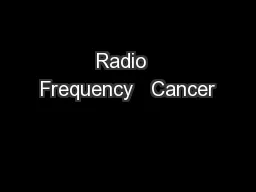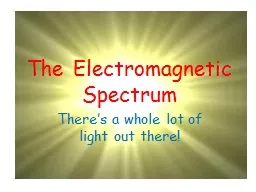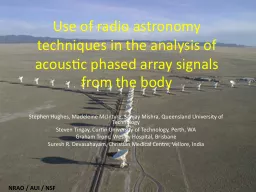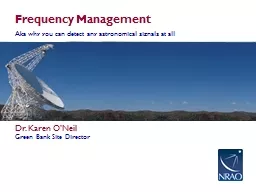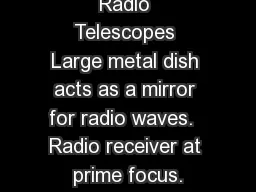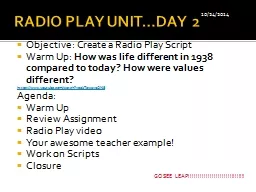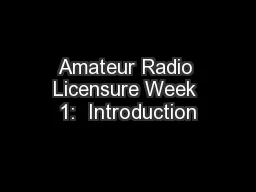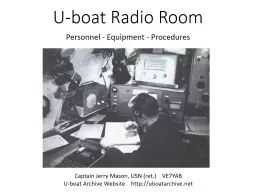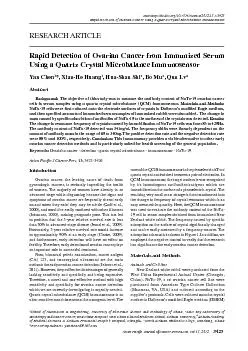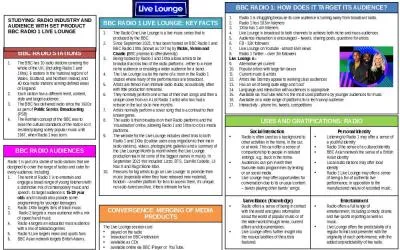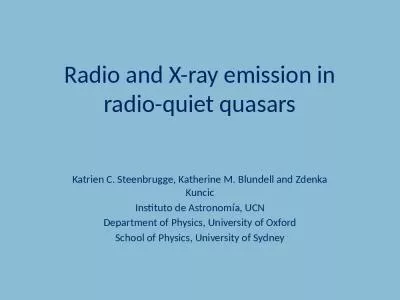PPT-Radio Frequency Cancer
Author : southan | Published Date : 2020-06-16
Treatment Muhammad Bhatti Juan Lopez Megan Keniry University of Texas Rio Grande Valley Edinburg Texas USA Abstract The primary objective of this
Presentation Embed Code
Download Presentation
Download Presentation The PPT/PDF document "Radio Frequency Cancer" is the property of its rightful owner. Permission is granted to download and print the materials on this website for personal, non-commercial use only, and to display it on your personal computer provided you do not modify the materials and that you retain all copyright notices contained in the materials. By downloading content from our website, you accept the terms of this agreement.
Radio Frequency Cancer: Transcript
Download Rules Of Document
"Radio Frequency Cancer"The content belongs to its owner. You may download and print it for personal use, without modification, and keep all copyright notices. By downloading, you agree to these terms.
Related Documents

